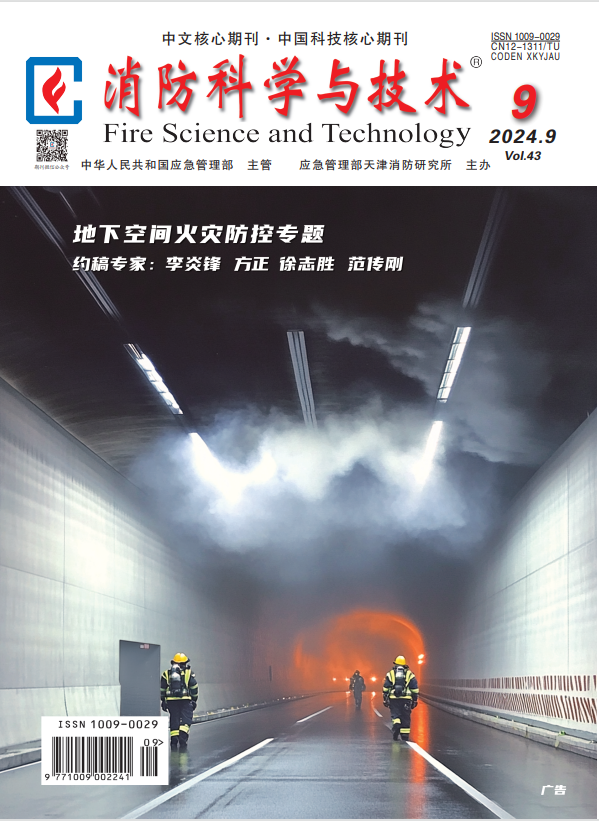|
|
Overview of the research progress of TOD building fire protection in underground rail transit
An Weiguang, Lu Jiaming, Yuan Diping, Chen Jiaxiang
2024, 43 (9):
1204-1212.
In order to understand the progress of fire research on underground rail transit TOD buildings and to provide research ideas and references, a typical underground rail transit TOD building is taken as the research object, and the current status of TOD fire research is sorted out from the three angles of TOD structural fire hazards, current research progress and specification interpretations, and the outlook of the research direction to explore the fire risks that are easily neglected and the possible fire protection problems, and the results of the analyses show that: The combination of the traditional structures of aboveground shopping malls, underground commerce, and underground rail transit in rail transit TODs will present a more complex structure, which makes the overall fire risk of TODs increase dramatically. The domestic fire code for TOD is too scattered, not taking into account the complexity of the TOD scene, there is an urgent need to establish TOD fire design system. Underground rail transit TOD-related research is carried out slowly, and there is a lack of fire research on the overall TOD interactions, interconnections, and smoke control and exhaust. Future researchers should first focus on solving the key technical problems of ventilation and smoke exhaust, monitoring and warning, personnel evacuation, and lack of special emergency equipment in TOD buildings. Therefore, it is important to carry out continuous research on TOD building fires, establish a proprietary fire protection system, and develop related technologies.
Related Articles |
Metrics
|



